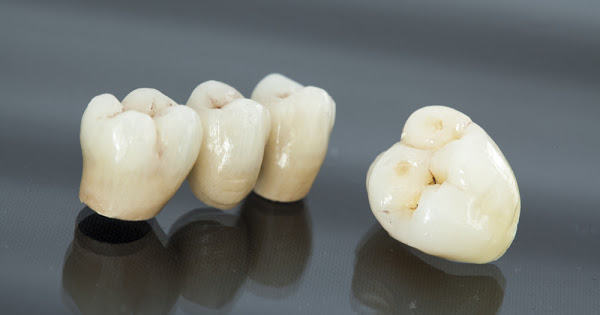
Dental bridges are used to replace teeth that have been lost, usually by attaching two or more crowns together to close the affected site. They can be made of gold or metal fused to porcelain or all ceramic which contain no metal. They are usually anchored to neighbouring teeth and require the current teeth to be prepared, which then allows space or gaps to carry the false tooth, and thus close the area where the tooth or teeth have been lost.
There are several different types of fixed bridgework or bridges:
Conventional bridgeThis type of bridge is usually cemented to teeth at either side of a gap where teeth are missing.Cantilever bridgeAre usually cemented to one tooth next to a gap and replacing a single tooth.Resin-bonded bridgesCan either fixed at both ends and is really only suitable for single missing teeth.Removable bridgesCan be taken out for cleaning and are really a type of denture and can be used with precision attachments on the teeth or existing crowns.Dental implantsSupported fixed bridges – bridgework can also be made on dental implants and be fixed by being screwed to the implant or cemented to an abutment (or post) on the implant.
Bridgework usually fails due to decay or leakage or fracture under the crowns on the supporting or 'abutment' teeth. Often, it's necessary to consider replacement of lost teeth with dental implant-supported crowns and or bridges as an alternative, particularly if the supporting teeth are not strong enough such as in root treated teeth, or they become untenable.
Studies have shown that the skill of the preparation of the bridge by the dentist is a key factor in its longevity and also the precision of the materials used in the bridge itself. After that, the maintenance of the bridgework is critical with regular visits to the hygienist as well as efficient home care and care with our dietary intake.





